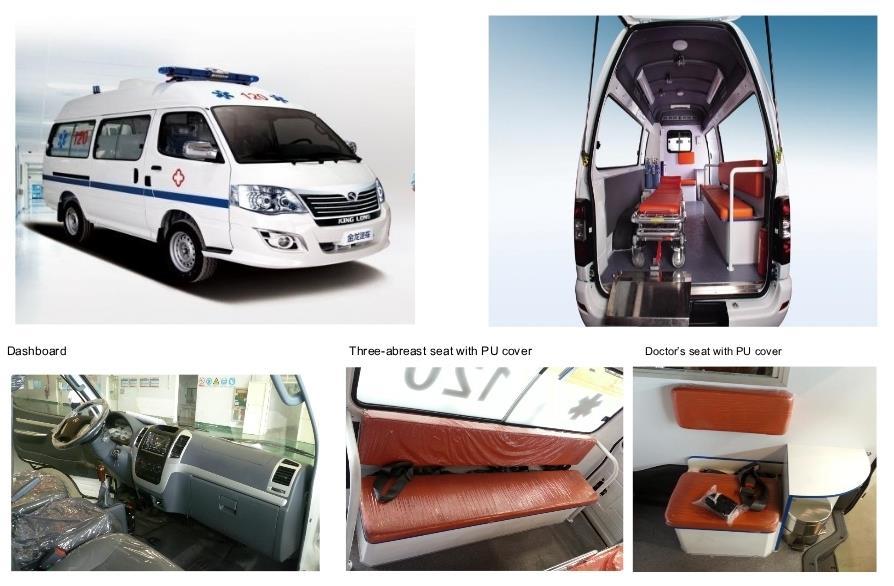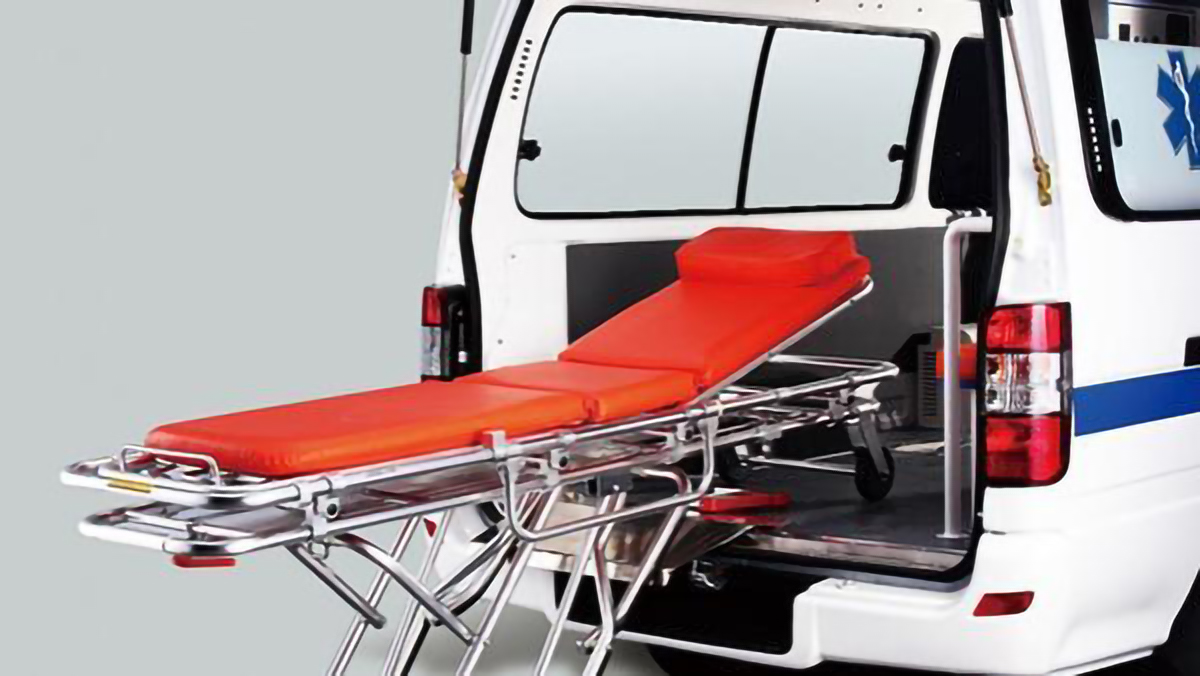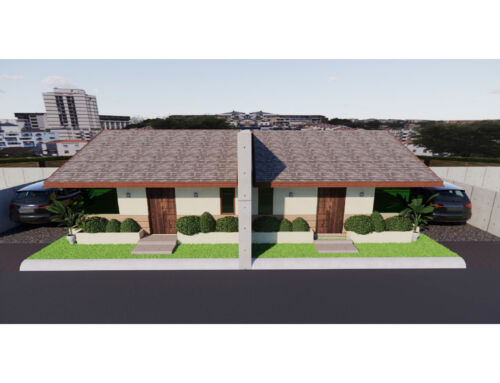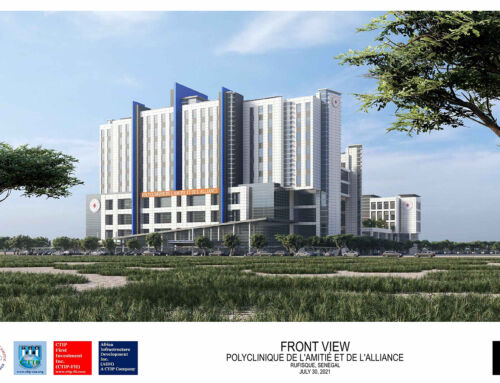CTIP-FII Support to the Ministry of Health and the LGUs
CTIP-FII support with the Ministry of Health and the Local Government Units (LGUs) begins from the Disaster Preparedness Initiatives of both the Ministry of Health and the Local Governments (LGUs).
CTIP-FII believes that Governments must be equipped with the required logistical facilities to meet the requirements to mitigate disasters. A state of readiness especially during natural calamities especially brought about by Climate Change, and/or disasters such as fire, typhoons or hurricanes, floods, earthquakes, accidents, etc., is of paramount importance for both the National and Local Governments.
CTIP-FII is ready to assist, not just supply of the needed equipment (vehicles, hospital
equipment, and other related facilities), but also the needed financing if necessary.
KING LONG AMBULANCE – Model XMQ5030XJH
The King Long XMQ5030XJH is a model of ambulance produced by King Long, a renowned manufacturer of commercial vehicles. The XMQ5030XJH is specifically designed to serve as an efficient and reliable emergency medical vehicle. It offers a range of features and capabilities to ensure the safe transportation of patients while providing a comfortable and conducive environment for medical personnel to administer necessary care.
The King Long XMQ5030XJH ambulance is built on a sturdy chassis, which provides a strong foundation for the vehicle. It incorporates modern design elements, both in its exterior and interior, to optimize functionality and ergonomics. The exterior is designed to be easily recognizable as an ambulance, featuring high-visibility markings, flashing lights, and sirens to alert other road users and facilitate quick response in emergency situations.
Inside the XMQ5030XJH, there is ample space to accommodate a patient on a stretcher, along with seating for medical personnel. The layout is carefully designed to enable easy access and movement within the vehicle, ensuring quick and efficient treatment during transit. The interior is equipped with medical equipment and storage compartments to keep essential supplies organized and readily accessible.
The ambulance is equipped with advanced medical systems and equipment to cater to a wide range of emergency situations. This includes life-support systems, such as cardiac monitors, defibrillators, and oxygen supply, to provide immediate care to patients. The vehicle is also equipped with communication systems to maintain contact with hospitals and medical control centers for real-time guidance and coordination.
The King Long XMQ5030XJH is built with a strong focus on safety, with features such as anti-lock braking systems (ABS), airbags, and reinforced structures to protect both patients and medical personnel during transit. The vehicle meets stringent safety standards and regulations to ensure the highest level of safety for everyone involved.
Overall, the King Long XMQ5030XJH is a reliable and well-equipped ambulance that combines functionality, safety, and comfort to serve as an essential tool in emergency medical services. Its design and features make it suitable for a variety of medical transportation needs, enabling timely and efficient care for patients in critical situations.
“Emergency Management” – the organization and management of resources and responsibilities for addressing all aspects of emergencies, in particular preparedness, response and initial recovery steps.

CTIP-FII support with the Ministry of Health and the Local Government Units (LGUs) begins from the Disaster Preparedness Initiatives of both the Ministry of Health and the Local Governments (LGUs).
CTIP-FII believes that Governments must be equipped with the required logistical facilities to meet the requirements to mitigate disasters. A state of readiness especially during natural calamities especially brought about by Climate Change, and/or disasters such as fire, typhoons or hurricanes, floods, earthquakes, accidents, etc., is of paramount importance for both the National and Local Governments.
CTIP-FII is ready to assist, not just supply of the needed equipment (vehicles, hospital equipment, and other related facilities), but also the needed financing if necessary.
Natural Disasters due to Climate Change
Climate change affects global temperature and precipitation patterns. These effects, in turn, influence the intensity and, in some cases, the frequency of extreme environmental events, such as forest fires, hurricanes, heat waves, floods, droughts, and storms.
The importance of having a Disaster Preparedness Plan
Well-conceived emergency preparedness and response plans not only save lives and property, but they also often contribute to resilience and post disaster recovery by lessening the impact of a disaster.
The Disaster Risk Reduction and Management Plan covers four areas:
Climate change affects global temperature and precipitation patterns. These effects, in turn, influence the intensity and, in some cases, the frequency of extreme environmental events, such as forest fires, hurricanes, heat waves, floods, droughts, and storms.
Well-conceived emergency preparedness and response plans not only save lives and property, but they also often contribute to resilience and post disaster recovery by lessening the impact of a disaster.
1) Disaster Prevention and Mitigation.
2) Disaster Preparedness.
3) Disaster Response.
4) Disaster Rehabilitation and Recovery.
Related Projects
Contact us







